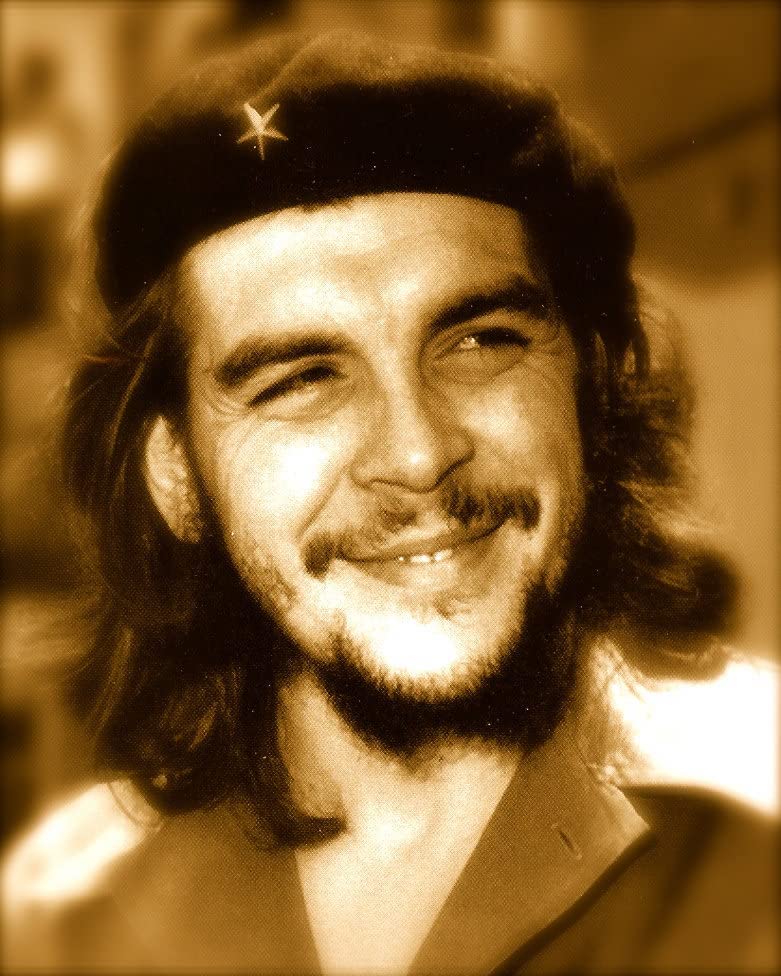Che Guevara's Role in Cuban Revolution

Che Guevara was a key figure in the Cuban Revolution, a political and social revolution that took place in Cuba from 1953 to 1959. The revolution was led by Fidel Castro and his 26th of July Movement, and it resulted in the overthrow of the U.S.-backed dictator Fulgencio Batista.
Guevara first met Fidel Castro and his brother Raul in Mexico in 1955. The three men quickly formed a close bond and Guevara joined the 26th of July Movement. He played a key role in the planning and execution of the revolution, serving as both a military commander and a political advisor to Castro.
In 1956, Guevara and a small group of rebels, including Castro and Raul, set sail for Cuba aboard the yacht Granma. The group landed in eastern Cuba and set up a base in the Sierra Maestra mountains. Over the next two years, Guevara and his comrades fought a guerrilla war against Batista's forces, slowly building support among the Cuban people and weakening the dictatorship.
Guevara's military tactics were crucial to the success of the revolution. He was a skilled guerrilla fighter and was able to outmaneuver Batista's soldiers in the rugged mountains. He also helped to organize and train a peasant army, which was instrumental in the defeat of Batista's regular army.
In addition to his military role, Guevara was also heavily involved in the political and social aspects of the revolution. He believed that the revolution should not only overthrow Batista, but also fundamentally change the social and economic structure of Cuba. He advocated for land reform, the nationalization of industry, and the creation of a communist state.
After the revolution's success, Guevara played a key role in the new government. He served as the President of the National Bank of Cuba and as the Minister of Industries. He also played a leading role in the implementation of the revolution's social and economic policies, such as the Literacy Program, which aimed to eliminate illiteracy in Cuba, and the National Institute of Agrarian Reform, which aimed to redistribute land to the peasantry.
Guevara's role in the Cuban Revolution was not without controversy. He was known for his ruthless tactics, including the execution of prisoners, and for his strong-arm tactics in dealing with political opponents. He also played a leading role in the persecution of homosexuals, and in the repression of dissenting voices.
Despite these controversies, Guevara remains a highly respected figure in Cuba and is celebrated as one of the heroes of the revolution. His legacy continues to inspire people around the world who are fighting for social and economic justice.
In 1965, Guevara left Cuba to spread the revolution in other countries. He went first to Africa and then to Bolivia, where he was captured and executed in 1967.
In summary, Che Guevara played a key role in the Cuban Revolution, serving as both a military commander and a political advisor to Fidel Castro. His military tactics were crucial to the success of the revolution, and he played a leading role in the implementation of the revolution's social and economic policies. Despite the controversies surrounding his tactics and beliefs, Guevara remains a highly respected figure in Cuba and continues to inspire people around the world fighting for social and economic justice.
